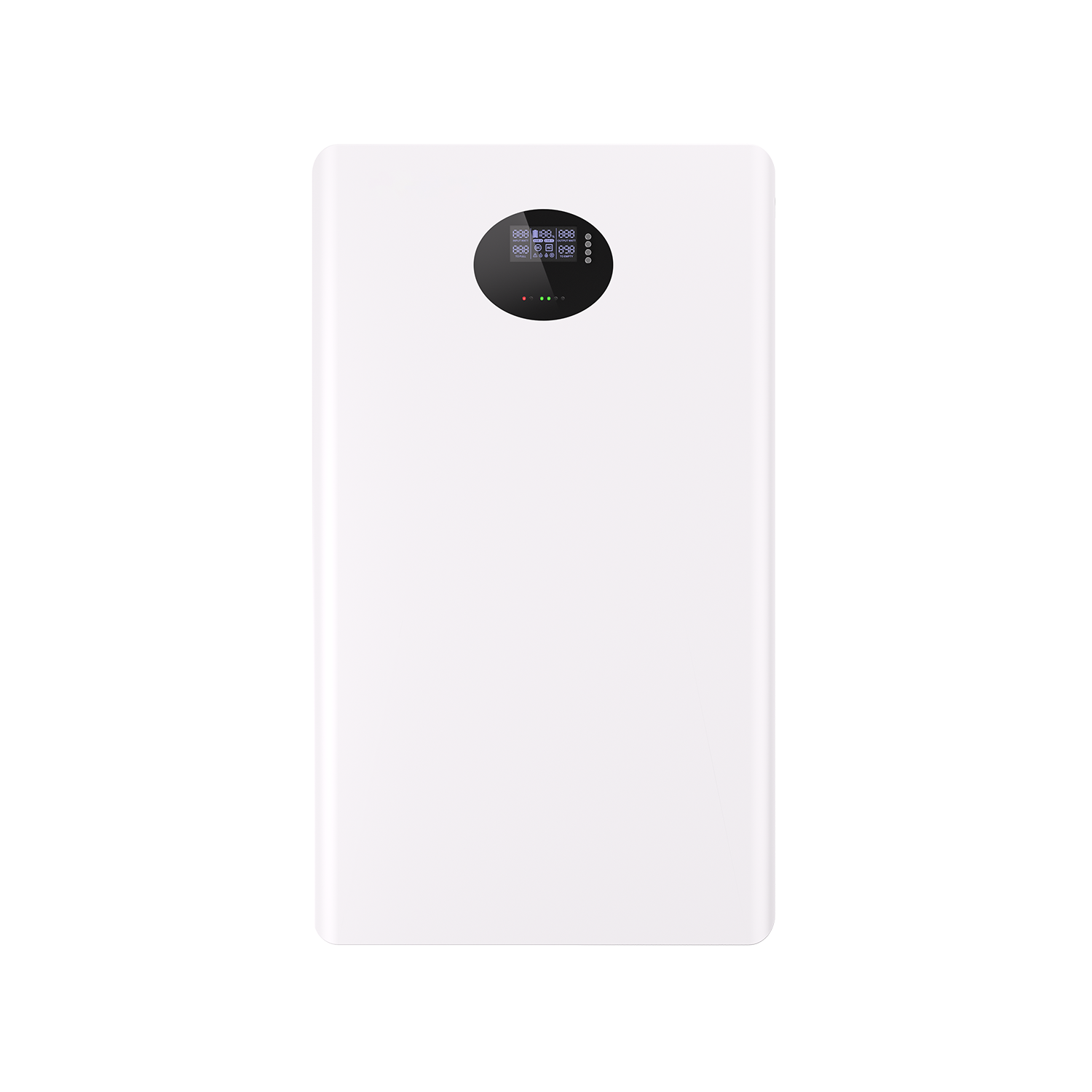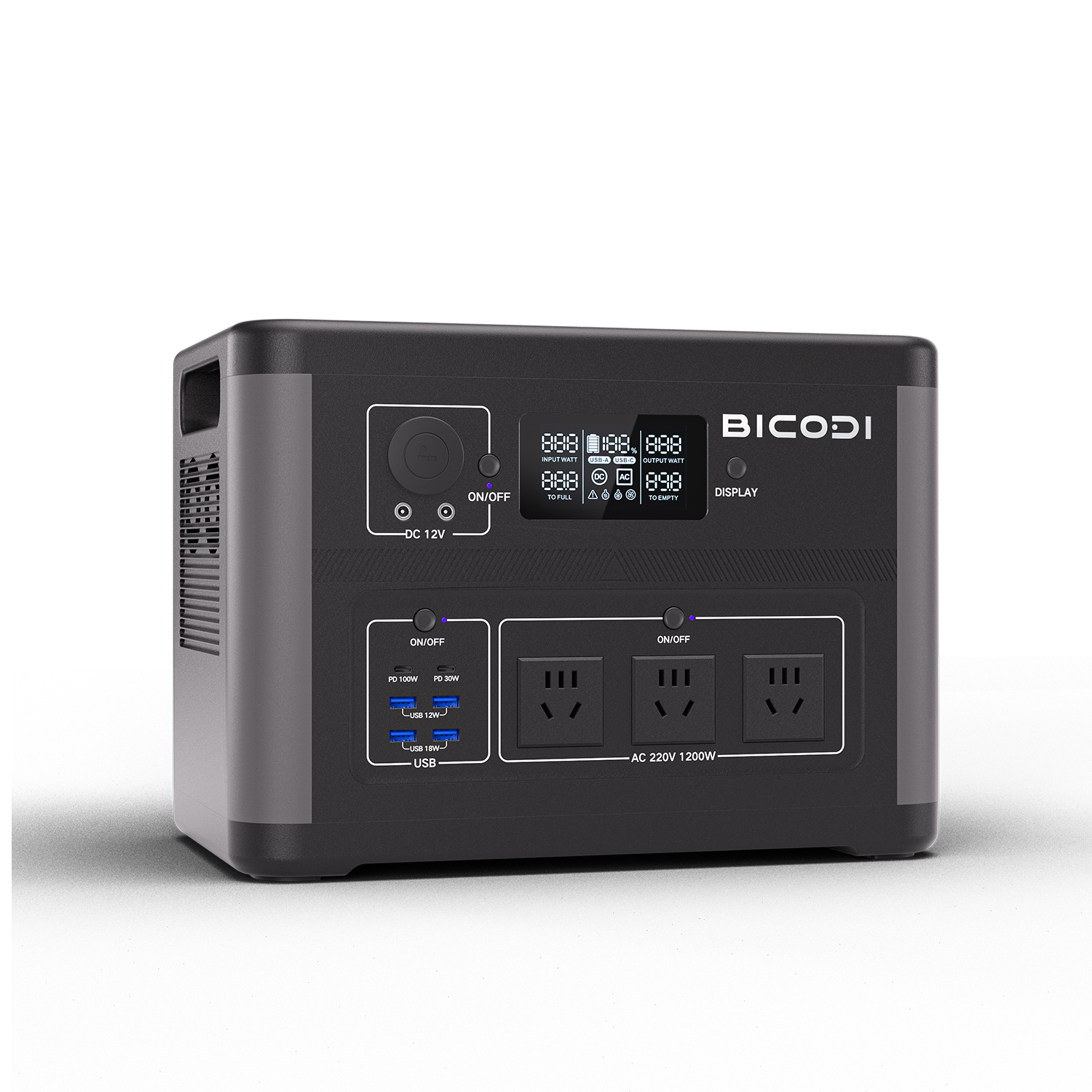Check out this guide to learn how solar cells can complement your solar system, as well as learn about cost, battery types and more.
A solar panel can save you thousands of dollars in energy bills over its lifetime, but your panels will only generate electricity during the day. Solar panels remove this limitation by providing an energy storage system that you can rely on on cloudy days and at night.
Off-grid solar panels are a great investment, but battery packs can improve their functionality. In this article, we at the Guides Home team explain everything you need to know about solar panels, including the different types and how they work, cost, and how to choose a battery for your solar system.
A solar panel is a device that stores electrical charge in chemical form, and you can use this energy at any time, even if your solar panel is not generating electricity. Although often referred to as solar cells in combination with solar panels, backup battery systems can store charge from any source. This means that you can use the grid to charge your batteries when your solar panels are not working, or you can use other renewable energy sources such as wind turbines.
There are different types of battery chemistries, each with its own advantages and limitations. Some types of batteries are suitable for applications that need to provide a large amount of power for a short period of time, while others are suitable for applications that require stable power output over a long period of time. Some common chemicals used in solar cells include lead acid, lithium ion, nickel cadmium, and redox fluxes.
When comparing solar cells, both rated power output (kilowatt or kW) and energy storage capacity (kilowatt hours or kWh) should be considered. The power rating tells you the total electrical load that can be connected to the battery, while the storage capacity tells you how much power the battery can hold. For example, if a solar cell has a nominal power of 5 kW and a storage capacity of 10 kWh, it can be assumed that:
It should be noted that solar panels and battery storage systems are not designed for the same power. For example, you might have a 10 kW home solar system with a 5 kW battery and a 12 kWh battery.
Depending on size and other factors such as your location, you can pay between $25,000 and $35,000 for a solar system and batteries, according to the US Energy Efficiency and Renewable Energy Administration. It’s often cheaper (and easier) to install solar panels and batteries at the same time – if you choose to buy storage after the solar panels are installed, the batteries alone can cost you between $12,000 and $22,000.
In terms of performance, lithium-ion batteries are considered the best choice for household applications requiring daily charging and discharging.
Thanks to the Inflation Reduction Act passed in August 2022, solar panels are eligible for a 30% federal tax credit. This is the federal income tax credit you can get for the year you purchased your solar system. For example, if you purchased $10,000 worth of goods, you can claim a $3,000 tax deduction. While you can only apply for a loan once, if you owe less in taxes than your loan, you can roll it over to the next year.
The table below shows the main characteristics of four common solar cells, as well as the average cost of each in residential applications.
The National Renewable Energy Laboratory (NREL) publishes periodic reports containing the latest cost data for solar and battery systems in residential, commercial and grid projects. Pacific Northwest National Laboratory (PNNL) maintains a similar database covering several battery technologies in megawatt (over 1000 kW) applications.
All solar cells have the same basic function, but each type is suitable for different applications. When the chemistry of your solar cells is suitable for a specific application, your solar cells will provide higher reliability and return on investment.
For example, some electricity consumers pay higher prices per kilowatt-hour at certain times of the day or charge extra for sudden peaks in electricity consumption. In this case, you need a battery that can provide a lot of power for a short period of time. Lithium-ion batteries are suitable for this task, but redox flow batteries are not.
Regardless of the type of battery, you also need to consider the depth of discharge (DoD), which indicates the usable capacity of the battery. If the DoD is exceeded, battery life will be greatly reduced and this may even result in permanent damage. For example, it is acceptable for a solar cell with 80% DoD to use 70% of the stored energy, but not for a cell w
Post time: May-26-2023




























